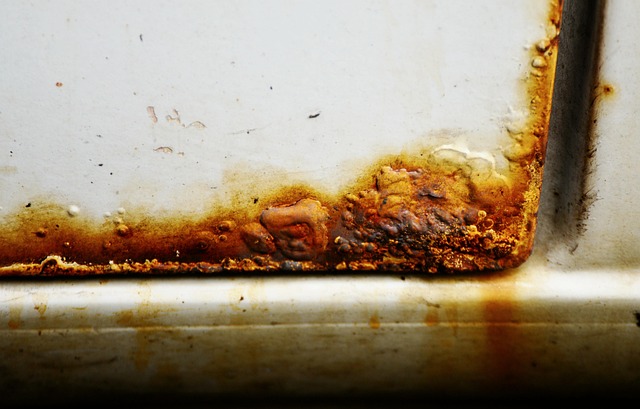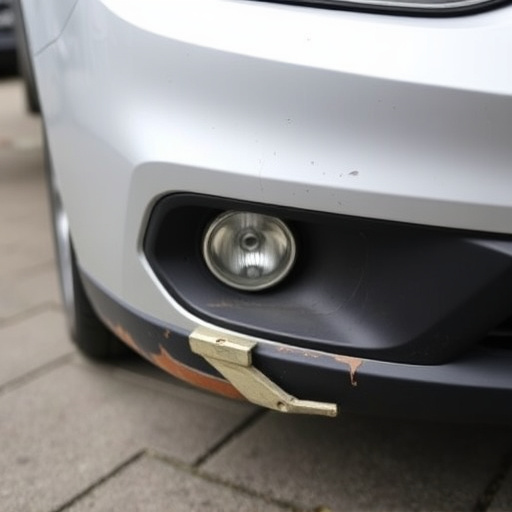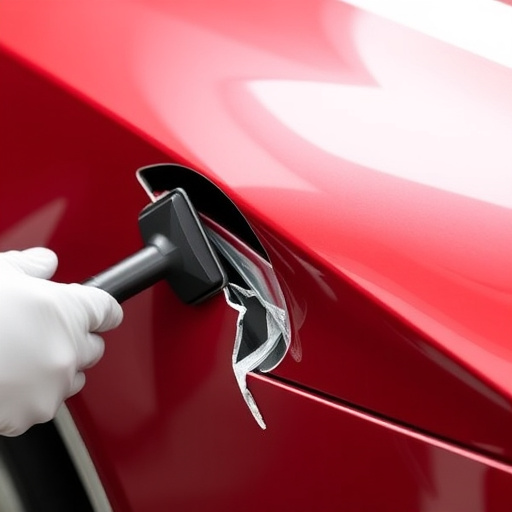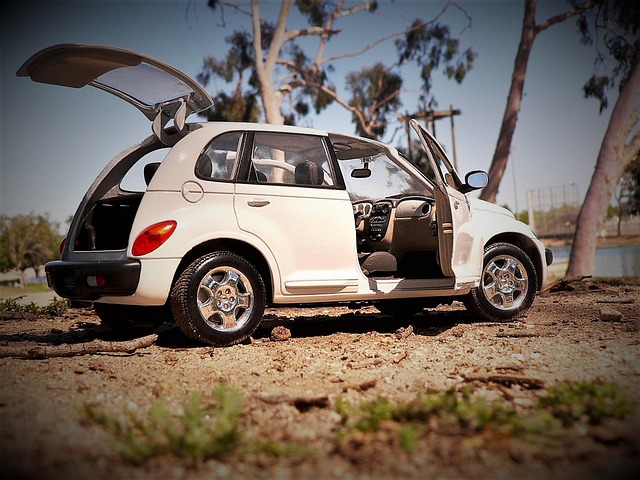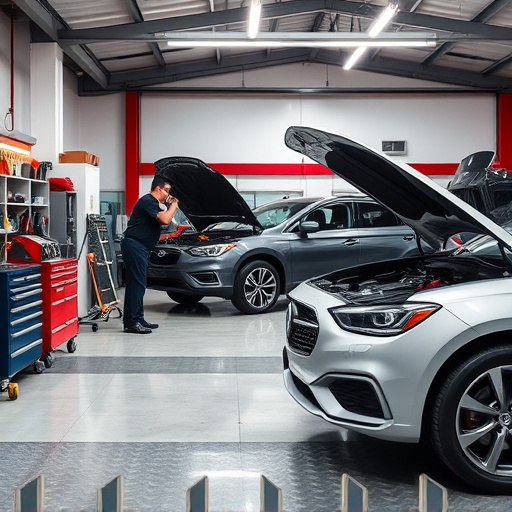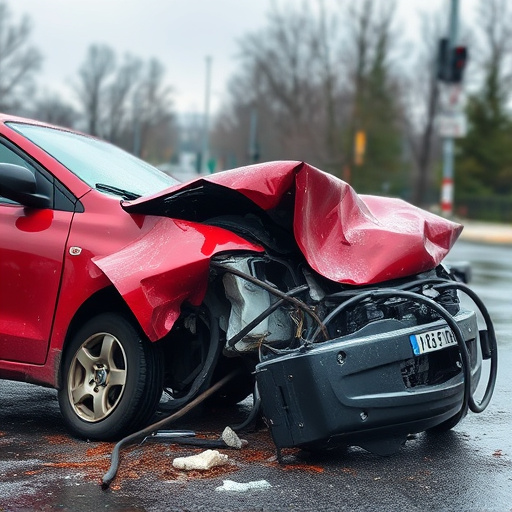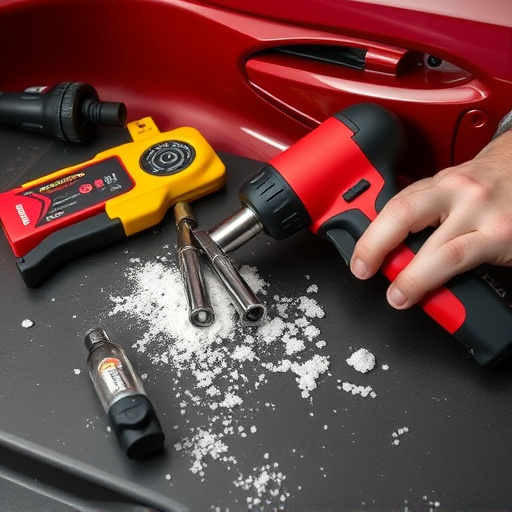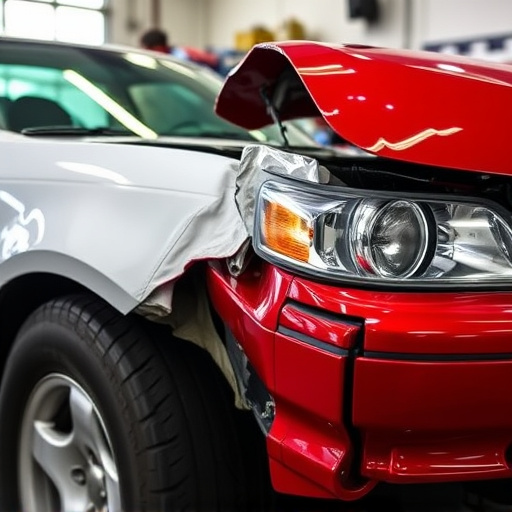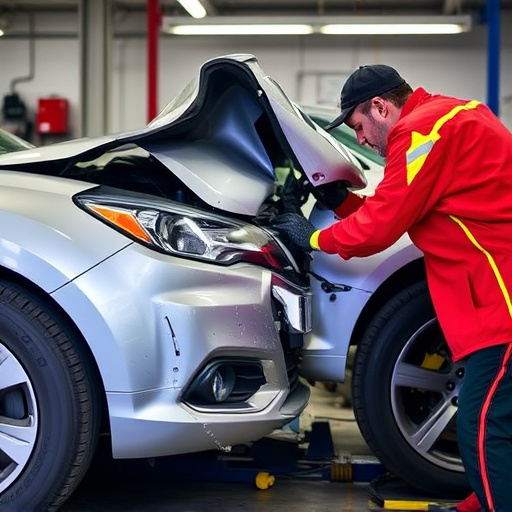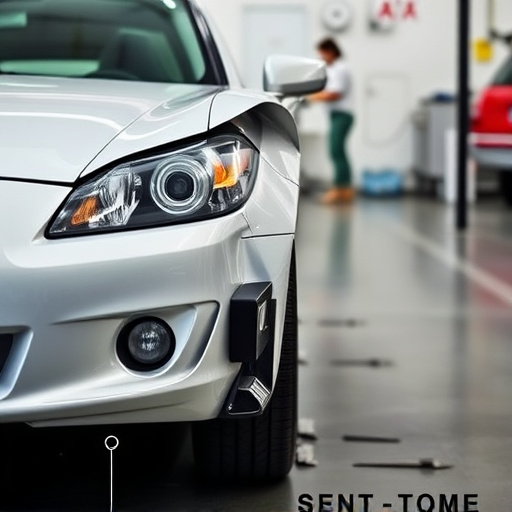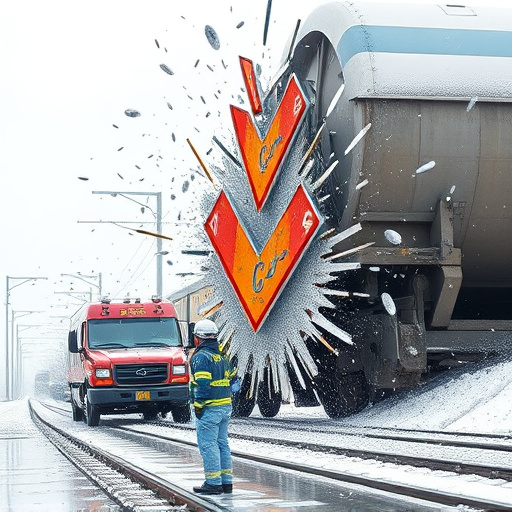Advanced electronic diagnostics collision scanners transform automotive repair by providing precise, efficient damage assessments for vehicles, especially high-end brands like Mercedes Benz. These tools capture detailed data and images, revealing hidden damage, enhancing accuracy, saving time, and improving communication in fleet repairs, ultimately boosting vehicle performance, safety, and shop efficiency.
Technicians in the automotive industry rely on advanced tools to streamline collision damage assessment, ensuring accurate and efficient repairs. Scanners have emerged as indispensable devices, revolutionizing how professionals navigate electronic diagnostics in collision evaluation. By capturing detailed data, these scanners provide a comprehensive view of vehicle damage, enabling technicians to make informed decisions. This article explores the role of scanners in modern collision repair, covering everything from understanding electronic diagnostics to analyzing data for precise repair planning.
- Understanding Electronic Diagnostics in Collision Assessment
- Scanners: Tools for Efficient Damage Evaluation
- Accurate Repair Planning Through Data Analysis
Understanding Electronic Diagnostics in Collision Assessment
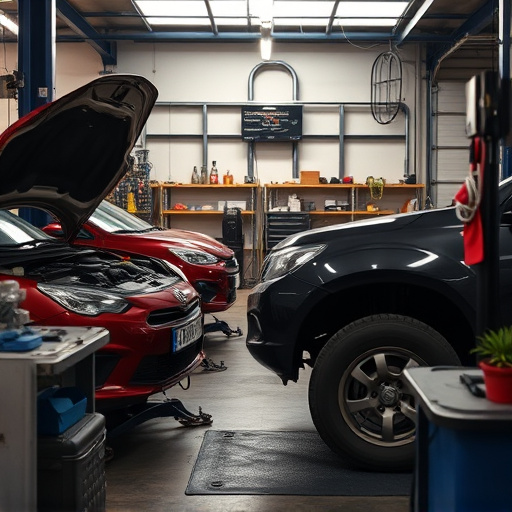
In today’s digital era, electronic diagnostics have revolutionized collision damage assessment for technicians. These advanced tools offer a far more precise and efficient method compared to traditional manual inspections. By using scanners that capture detailed data on vehicle systems, technicians can quickly identify even subtle damage that might be missed during visual examinations. This technology is particularly valuable in the automotive industry, especially for high-end car bodywork services like Mercedes Benz collision repair, where every detail matters.
The process involves scanning various components of a vehicle—from chassis and frames to individual modules and sensors. The data collected provides an in-depth look at the impact’s effects on the car’s overall systems. This information empowers technicians to make informed decisions about repairs, ensuring that every scratch repair is carried out accurately and effectively. As a result, clients benefit from superior quality and safety standards, whether it’s for minor scratches or more significant collision damage.
Scanners: Tools for Efficient Damage Evaluation
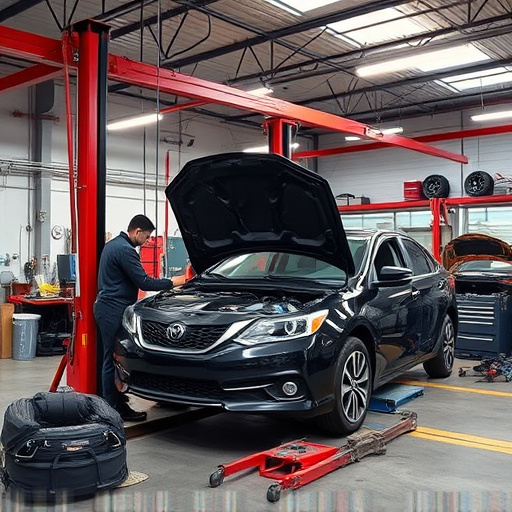
Scanners have become indispensable tools for technicians in auto body shops, collision centers, and vehicle body repair facilities. These advanced electronic diagnostics collision assessment devices streamline the process of damage evaluation, ensuring accuracy and efficiency. By capturing detailed images and data from various angles, scanners provide a comprehensive view of the vehicle’s condition, allowing technicians to identify even the subtlest dents, scratches, or cracks.
This technology not only saves time but also enhances precision in estimating repair costs. With the help of scanners, collision center professionals can quickly generate digital reports, facilitating effective communication with insurance providers and customers. The use of these tools has significantly elevated the standards of service in auto body shops, ensuring that every vehicle undergoes a thorough and reliable assessment before any repair work commences.
Accurate Repair Planning Through Data Analysis
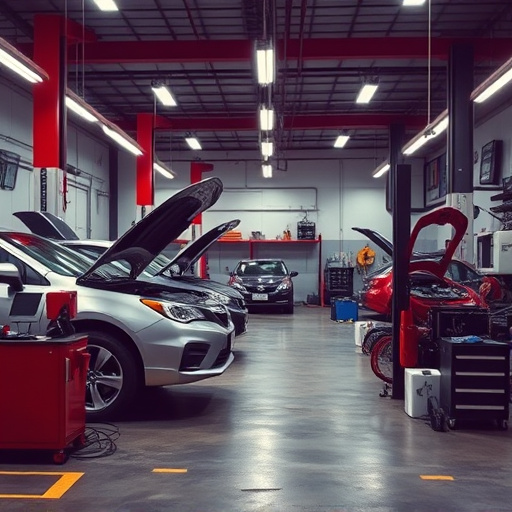
Technicians leverage advanced electronic diagnostics collision scanners to analyze data from vehicles’ sensors and systems, enabling them to make informed decisions about repair plans. These tools capture detailed information about car bodywork damage, including hidden dents or cracks that might go unnoticed during a visual inspection. By processing this data, technicians can accurately identify the extent of the collision impact on various components, such as frames, panels, and mechanical parts. This approach ensures that repairs are tailored to specific needs, avoiding unnecessary work and associated costs.
Moreover, electronic diagnostics collision scanners facilitate efficient fleet repair services by providing standardized assessment methods. This consistency benefits both repair shops and car damage repair specialists, enabling them to manage large volumes of vehicles with precision. The data-driven approach not only streamlines the repair process but also enhances overall vehicle performance and safety, contributing to a more robust and reliable automotive industry.
Technicians leverage scanners as powerful tools in their arsenal for efficient and accurate collision damage assessment. By employing electronic diagnostics, they can swiftly navigate through the complexities of vehicle repairs, ensuring precise repair planning. This data-driven approach not only enhances productivity but also guarantees that every collision is meticulously evaluated, leading to superior restoration outcomes.
